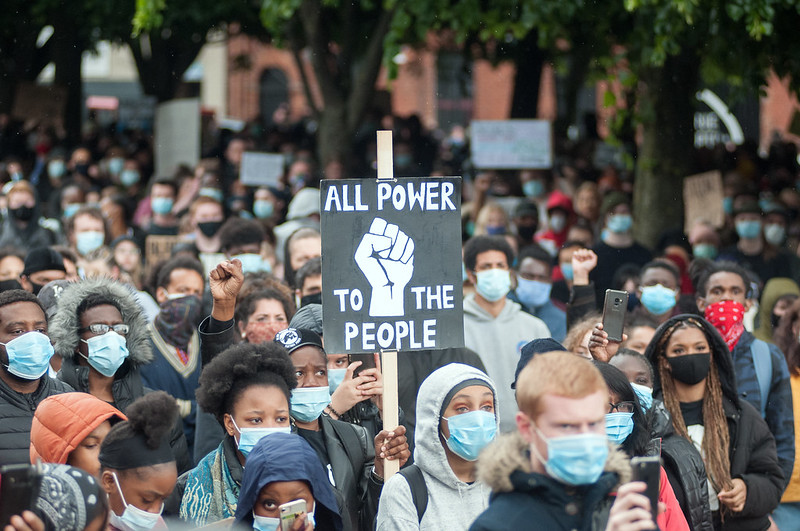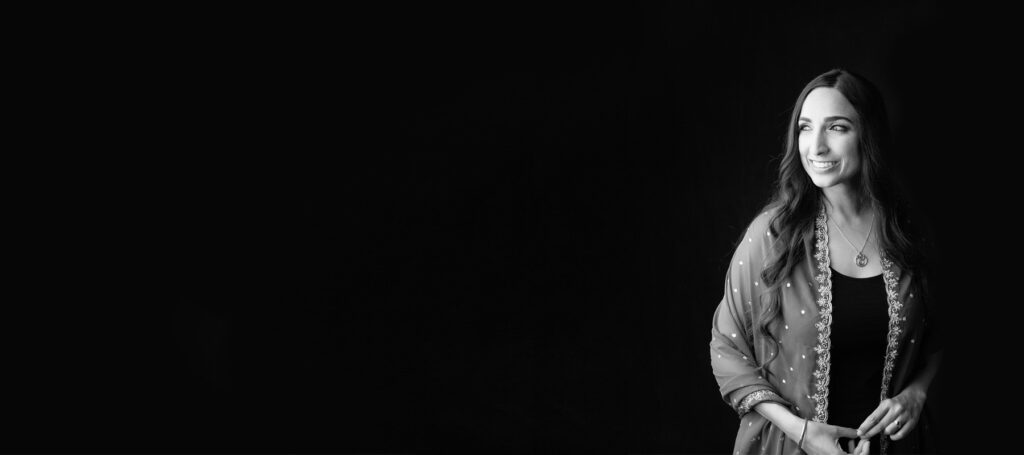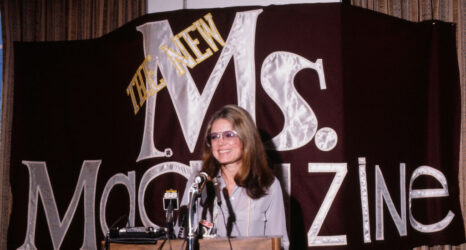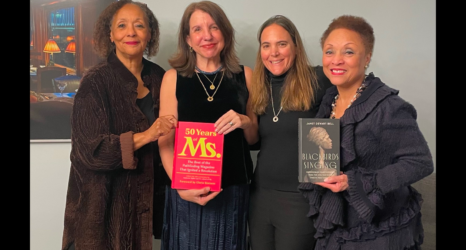A Review of Valarie Kaur’s “See No Stranger: A Memoir and Manifesto of Revolutionary Love“
There is a history of America that remains insufficiently told, whose telling can help us reconcile the most difficult and tragic flaw in past and current American life—our fear of the other.
“See No Stranger,” Valarie Kaur’s memoir and manifesto, offers one such thread. Embedded in this compendium of stories, theories, philosophies, practices and prayer-poems, is both an East Asian and U.S. history told through the lens of a courageous, young, female Sikh activist, filmmaker and lawyer. The narrative is a weaving of stories with an infusion of Sikh culture and feminist theory, grounded in scholarship and extensive footwork.
Kaur herself gained national prominence after the publication of a rousing address she gave during a “watch night service” at the Washington D.C. Metropolitan AME Church. Both that speech and her TED talk offer a connecting vision about the work she has done and its promise for all of us—especially for victims of hate crimes, racial profiling and those caught in the claws of immigration policies and police brutality. This book continues with those themes.
Her telling is informed by her listening. Readers gain an education in Sikhism—both in history and faith—along with lessons in traveling the high road of love. We learn how to negotiate with—and care for—the self and others, and how to reckon with those who seek to do harm.
If I were to reduce the entire tome to one sentence, I would say it is to approach each other as parts of ourselves. An anthem throughout the book is: “You are a part of me that I do not know”—and this “you” is, as often as is not, what she calls “an opponent.”
This vision of one-ness comes from her faith and issues a call to service. This kind of love, Kaur writes, is not a “feeling,” but a labor.
First and foremost, “See No Stranger” is memoir—a vivid and compelling coming of age narrative of a young girl born into California farmland owned by her grandfather. Her story draws the reader into those lives most vulnerable to the national divide: the us and them, the dominant and powerless, the black and white.
She exposes the rift between the dream of this country and the brute reality of it—where those with the most agency are white, male and Christian. She learns early on, as a child, when confronted by a young friend, that she must “accept Christ or go to hell,” that “white supremacy has always been twinned with Christian supremacy.”

Not only does she aid others suffering loss through a process of forgiveness, confrontation and reconciliation—but she also offers an intimate and affecting account of her own journey.
“I was the first girl in my ancestral line whose parents told her that she could become anything she wanted,” Kaur writes.
And she does.
She attends Stanford, Harvard and Yale. She travels throughout the U.S. and to India as part of her quest to take part what she will later call “Revolutionary Love.”
Her life changes after 9/11, when her project funds must be re-negotiated and the first of many hate crimes directed against Sikhs takes place. Her funding shifts to supports travel throughout the U.S., and she directs her research to at-risk communities. Her career and academic choices change, and she receives advice from a professor who tells her to go to law school because, “You are a woman and a woman of color […] if you want to fight, you need armor.”
The book alternates between the stories of her Sikh compatriots, her experiences as an activist and legal witness, and her personal life. One of her literary gifts is the ability to make the reader feel the intimacy of these interactions.
For example, she discusses personal trauma from sexual abuse and how it resurfaces in later relationships. And yet, even so, Kaur’s process of overcoming the trauma is instructive. She writes:
“When we cannot see the evil is driven by a person’s wounds, not their innate nature, we become terrified of each other. But the moment we see their wounds, they no longer have absolute power over us. I couldn’t see the wound in them until I tended to the wound inside me. And that required me to access my rage.”
Reconciliation for a survivor does not follow the same process as that of a perpetrator of violence. She goes on:
“I had to release my trauma and reclaim my power; [he] had to stand the heat of his internal shame and guilt. His healing was a process of self-reconciliation, to accept the darkest parts of himself and integrating them into who he knew himself to be […] My healing did not depend on his accountability, nor did his healing depend on my forgiveness.”
It is not only by witnessing others that she arrives at the idea of “Revolutionary Love.” It is also by virtue of her own traumas, her own recoveries, her own experiences of violence and loss. She incorporates her experience as a birthing mother to espouse another set of healing directives as well.
Kaur adds sexism to Martin Luther King, Jr.’s three evils—racism, poverty and war. As the narrative veers into analysis and commentary, she enlists the aid of writers like Bryan Stevenson, bell hooks, Hannah Arendt, Eve Ensler, Grace Lee Boggs, Audre Lorde—and many others—in addition to literature from Sikh tradition.
She creates a bridge from one to the other—a tapestry of voices and directives substantiated by real world experiences. It is not just theoretical but pragmatic, the work of someone whose courage and diligence demands that she take part in protests, in vigils, in memorials, that she—along with her husband—produce films to support this work, and that she accompany the brother of Balbir Singh Sodhi—who met his death four days after 9/11— to the prison that housed his brother’s killer.

Inspiration comes from the sheer humanity of Kaur’s investigations, from the depth and breadth of her research and footwork, along with the generosity of her explanations. These are edgy and emotionally laden encounters—both gripping and difficult to read.
The many stories and paths to reconciliation that this book offers are reasons alone to read it. Few would characterize our current circumstances as comfortable times.
While writing about a recent essay written by Harmony Holiday, Kathryn Nuernberger cites the well known chiasmus on the purpose of literature—namely, to comfort the afflicted and to afflict the comfortable. I mention this because of how well Valarie Kaur’s manifesto succeeds in doing both.





